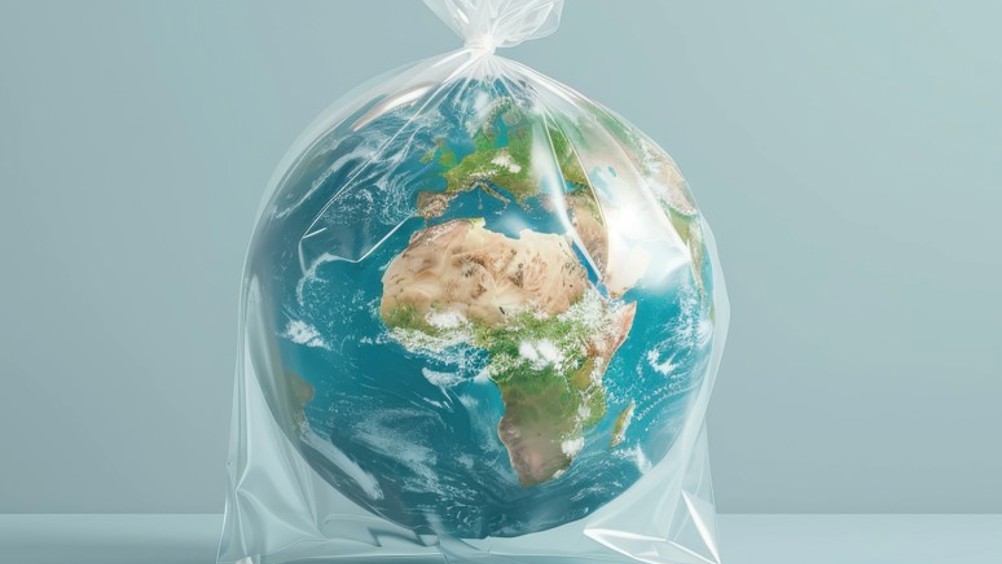How advances in alternative plastics could help address the waste crisis
Advances in the development of biopolymers and alternative plastics could help address the mountains of plastic waste produced each year. Andrew Wade reports.

Plastics, much like the hydrocarbon cousins they’re derived from, are inherently useful. Cheap, abundant, and multifunctional, they touch virtually every aspect of daily life, from clothing, packaging and consumer goods to electronics, automotive components and medical devices.
But this utility has fuelled ubiquity and, in the absence of adequate circular practices, plastic waste has become a major environmental hazard. Around 450 million tonnes of plastic waste is generated globally each year, with less than 10 per cent recycled. The remainder is incinerated, sent to landfill or littered, with an estimated 2 million tonnes washing into our oceans.
At this stage the problem is well known but, just as with fossil fuels, behaviour has been resistant to change. In December 2024, representatives from nearly 200 countries came together for the INC-5 talks with the aim of establishing a global plastics treaty. However, just as with the COP talks to tackle emissions, major oil-producing countries blocked meaningful progress.
Register now to continue reading
Thanks for visiting The Engineer. You’ve now reached your monthly limit of premium content. Register for free to unlock unlimited access to all of our premium content, as well as the latest technology news, industry opinion and special reports.
Benefits of registering
-
In-depth insights and coverage of key emerging trends
-
Unrestricted access to special reports throughout the year
-
Daily technology news delivered straight to your inbox











CCC Report Finds UK Climate Targets Still Within Reach
In 1990 67% of the UK´s electricity came from coal-fired power stations and even without renewables the transition to gas was a major contributor to...